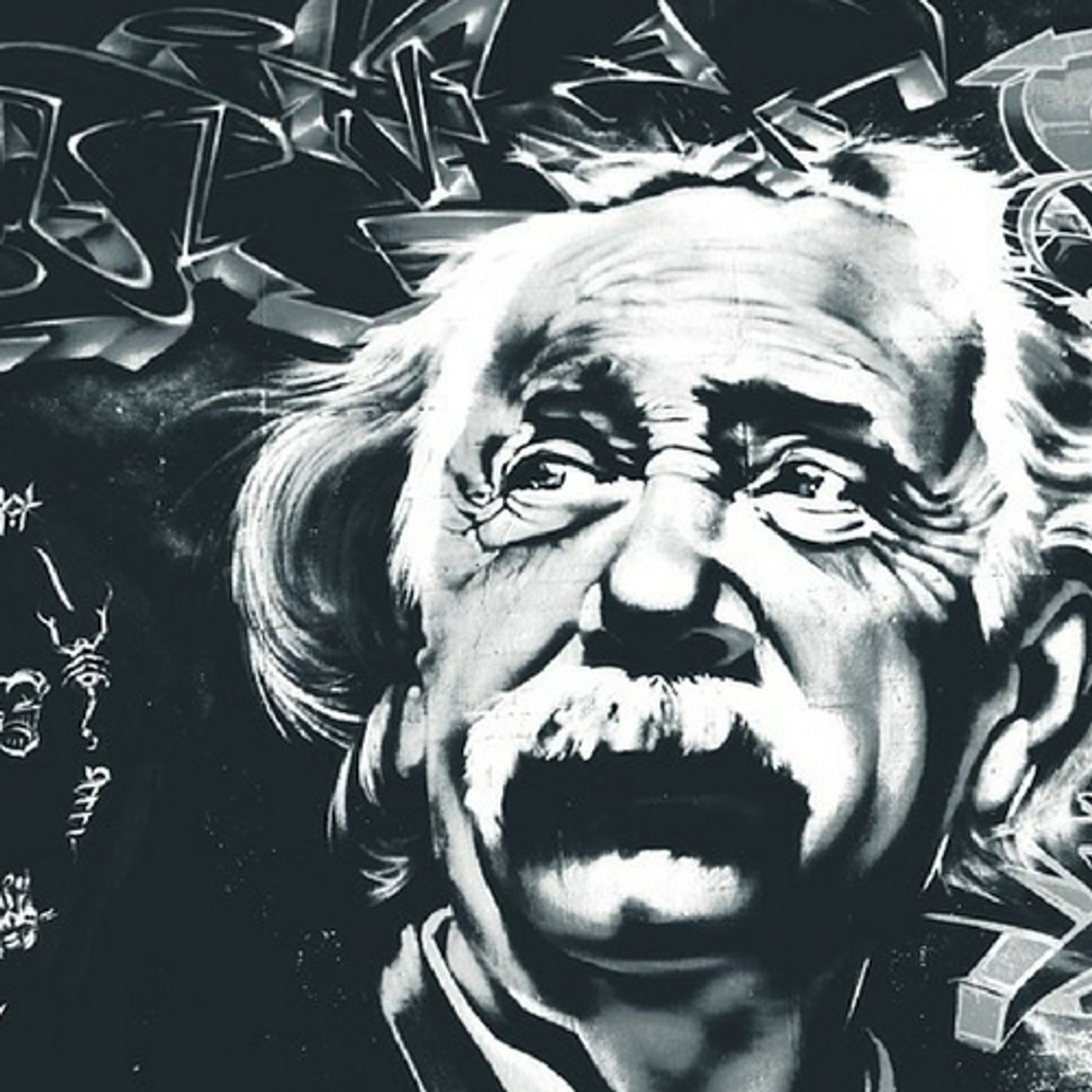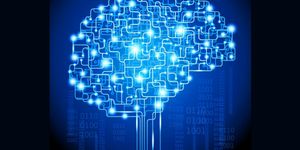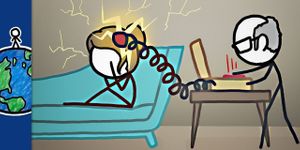Einstein, a Stolen Brain, and a Mystery
Albert Einstein was one of the great geniuses of modern times. His accomplishments in science are second to none, and his impact on the world was enormous. Einstein died at Princeton Hospital in April 1955 at the age of 76 of a burst aorta. He had wished to be cremated, but for reasons that are not entirely clear, a hospital pathologist Dr. Thomas Harvey completed an autopsy and removed the scientist's brain as well as his eyes and kept them in jars.
What happened over the years to the brain and the eyes has been a matter of much speculation, research, and conjecture. Apparently, a brain from someone like Einstein would be a prize that researchers would want to study, but the story of how it came to be preserved and examined is just as exciting.
Einstein died at 1:15 AM on April 18, 1955. Within about 8 hours, he was autopsied and the brain removed and suspended in formalin. The eyes were placed in a separate jar and given to Henry Abrams, Einstein's ophthalmologist. It's believed that Abrams stored the eyes in a safe deposit box somewhere in New York City, but that has never been confirmed. While the autopsy took place at Princeton Hospital, Harvey took the physicist's brain to a lab at the University of Pennsylvania to examine it. He photographed it and sectioned it into several pieces. Some of the brain tissue was sent to pathologists around the country, and the remaining bits were kept by Harvey.
In 1978, journalist Stephen Levy was investigating the story of the brain and was able to track down Dr. Harvey and the rest of the brain matter. Harvey had kept the tissue in two large jars filled with alcohol and stored inside a cider box underneath a beer cooler in a closet in Harvey's home. Once the brain tissue had been located, several papers were published on what was found. It was reported by Harvey that Einstein's brain did not have a parietal operculum on either side, but other scientists who examined some of the tissue and photographs have disagreed. What is clear from photos is that a part of the brain called the lateral sulcus but referred to as the "Sylvian fissure" is missing. It's the subject of much debate since there are theories that this missing part of the brain allowed the neurons in the region to communicate better, but that hasn't been fully determined.
What is not in dispute is that Einstein's brain had a different ratio of neurons to glial cells. Four areas of the brain that were examined each showed that there were more glial cells to neurons than what was "normal." Only one section of Einstein's brain, the left inferior parietal area, had an excess of glial cells that was statistically significant. The problem with the study that found this ratio is that the control group of brains that were used for comparison were not a perfect match. The average age of the men from whom the brains were taken was 64, twelve years younger than Einstein. Also, only a tiny amount of tissue was examined from each section of the control group. While the paper that was published on the ratio of cells reported that there were more glial cells than average, the article did not include the total number of cells that were counted.
In 2010, Dr. Harvey's heirs turned over all the brain tissue and photographs to the National Museum of Health and Medicine, near Washington DC. Included were 14 photographs of the brain while it was still in one piece. These photos had never been publicly available in any studies. There were also 46 sections acquired by the Mutter Museum in Philadelphia. The study continues on the brain of the world's most well-known physicist, and it's likely that more information will be discovered. The video below has a short history of what happened, check it out.
Sources: University of Washington, BBC News, Wikipedia









